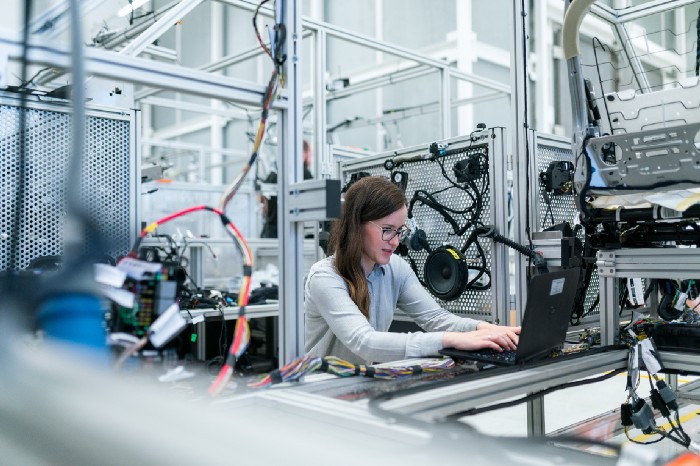Bringing progressives and conservatives together to save art and innovation.
Harnessing the Gig Economy
The growth of the U.S. creative economy- product of that massive, exceptionally brilliant, rag-tag group of artists, designers, inventors, makers, dreamers, creators, entrepreneurs and visionaries- seems unstoppable.
How high can we go? Even the furthest-seeing futurists and wealthiest tech billionaires can only guess.
The summit of Silicon Valley is coming into view, and the titans of big technology companies are weeping, as there are no more worlds to conquer.
After fits and starts, and fits again, the U.S. creative economy is unquestionably booming. How to handle an economy predicated on more and more artists, innovators and inventors, freelancers and start-ups, is a problem world governments, big and small, have only begun to grapple with.
Should we treat gig economy workers as employees, as California recently tried- and somewhat spectacularly failed- to do? Or should we let gig workers and digital nomads fend for themselves by forming labor unions specific to their niche industries?
In financial world built so heavily on traditional employment- and the traditional benefits of such employment, including health care, retirement benefits and other non-salary compensations- what do we do when there are even fewer gold watches? Fewer golden parachutes?
How do we ensure all freelancers, whatever the nature of their personal contribution to the GDP, are fairly compensated? How do we protect intellectual property in the global marketplace?
How we protect those contributions, and how successfully we monetize them, could mean the difference between a United States on the trailblazing forefront of technology, science and the arts and a United States falling further and further behind the global curve.
Economists and scientists predict that 70% of the jobs that will exist in 2030 don’t exist today. It is much harder to prepare those entering the workforce for a future which will look very little like the present. As such, it might be time to consider a greater emphasis on the importance of thinking creatively.
Teaching Creativity as a Competency
First and foremost, schools should focus on teaching creative thinking as a competency, something that can be learned and taught, rather than something esoteric and innate.
We also need to start thinking of creative ideas as a valuable commodity. Because they are.
Creative ideas contribute in a very real way to the GDP of this country. This is America: Our very culture is innovation. Our top export is creative ideas.
American dreamers, arriving from homelands all over the world, in science, technology and the arts have given us everything from flying machines to Silicon Valley.
Viewing Creativity as a Natural Resource
Creativity can even be viewed as a natural resource, a national reserve of unlimited wealth potential. Creative ideas and American ingenuity are arguably our country’s most valuable natural resource.
Good news: It’s completely renewable and unlimited. But it isn’t free.
Like any precious natural resource, we have to protect it. And grow it. Intellectual property laws protecting creators are more important than ever in our global economy.
Protecting Intellectual Property
American ideas, creativity and ingenuity are more valuable than ever.
Where will the next Silicon Valley be? In China or in the U.S.? The answer may depend on how well we harness our collective creative powers and protect intellectual property. Bollywood v. Hollywood is another example where the United States is lagging behind in growth.
Just like reducing certain regulations makes it easier for companies to be profitable in the free market, protecting creative assets, ensuring creators are properly compensated, both at home, and around the world, will grow the creative economy. And the U.S. GDP. And the tax base.
Bipartisanship
Growing the GDP, and the tax base, is something the two major political parties can almost always agree on, especially when it benefits the working class and involves nothing more nefarious than supporting arts and sciences.
Progressives and conservatives do their best work when they see each other as complementary, not always competitive.
Progressives can do their part to help bring creative expression to life; conservatives can do their part to grow and manage the assets necessary to fund more creative projects in the arts and make certain that the fruits that grow from these endeavors benefit the artists, and the democracy that helped support their work.
(contributing writer, Brooke Bell)
